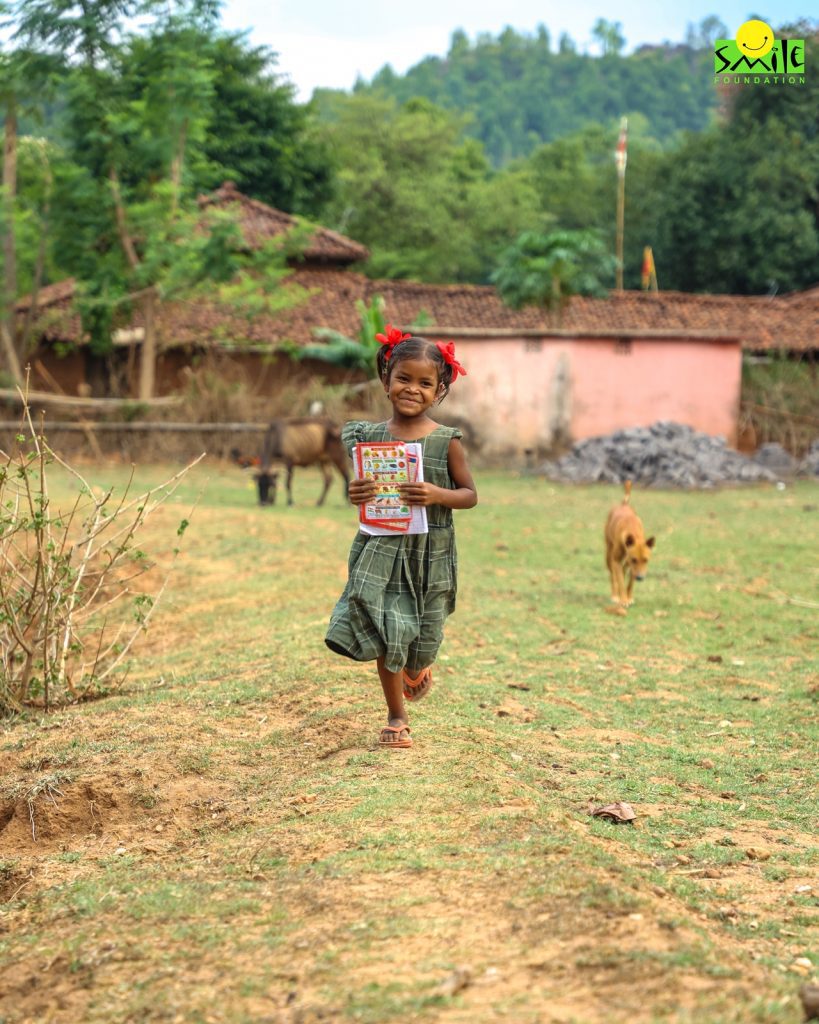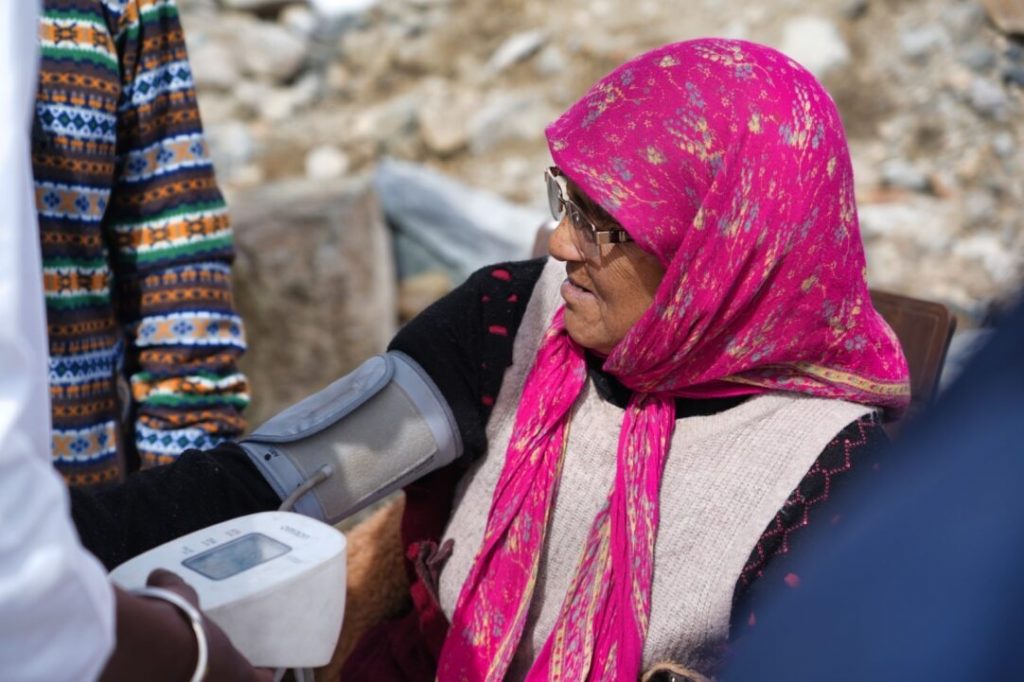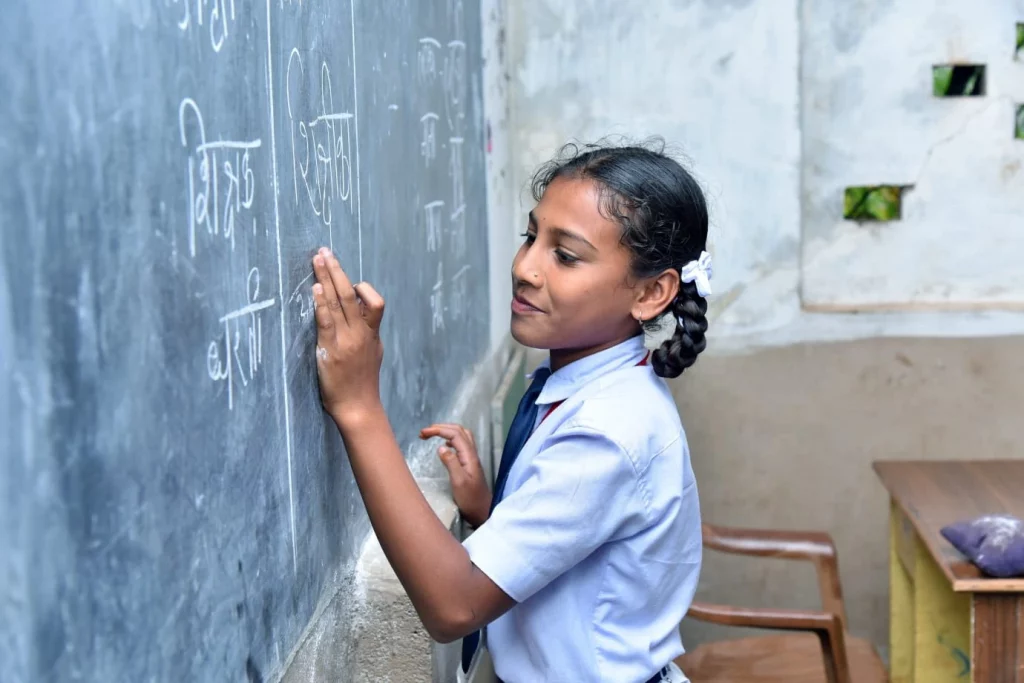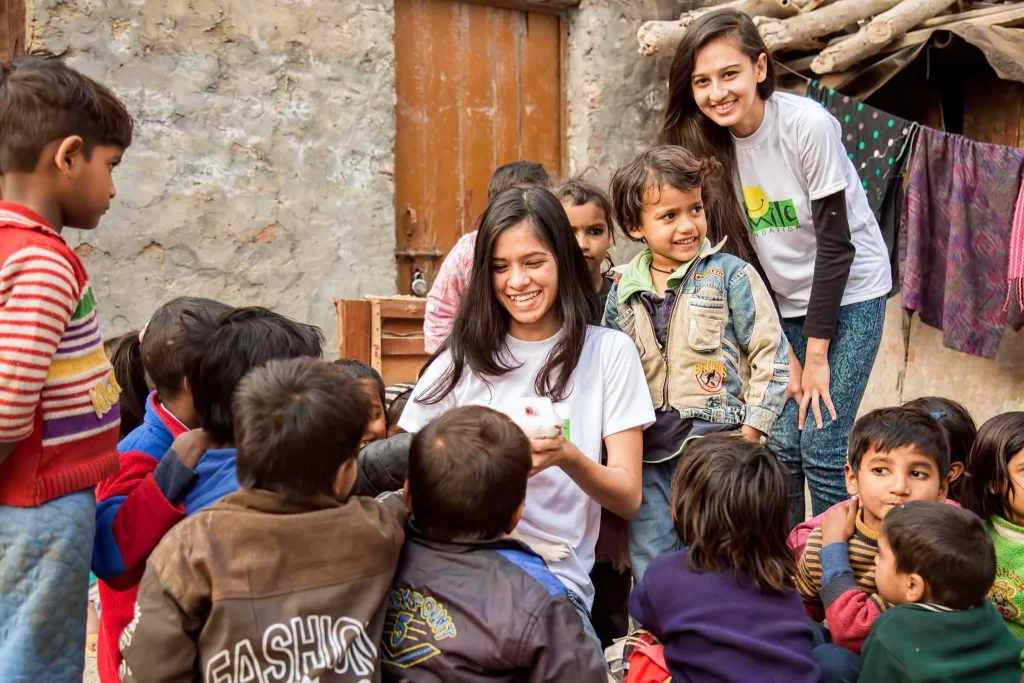The interconnectedness of climate change and educational disruption has become increasingly evident in recent years. Once seen primarily through the lens of environmental and health impacts, climate change is now recognised as a significant factor influencing education globally, affecting not only infrastructure but also the cognitive development and learning outcomes of millions of students. This relationship is becoming more pronounced, as extreme weather events, natural disasters and environmental stresses worsen existing educational inequalities. The interplay between these two crises highlights the urgent need for a comprehensive approach to mitigate their combined effects.
Global Impact of Climate Change on Education
The UNESCO Global Education Monitoring (GEM) Report emphasises that climate change-related stressors, such as heatwaves, wildfires, floods and droughts, pose a serious threat to reversing decades of educational progress. The global report from UNESCO, the Monitoring and Evaluating Climate Communication and Education (MECCE) project and the University of Saskatchewan highlight that most low- and middle-income countries face annual climate-related school closures, raising the risk of learning loss and increased dropout rates. This year, over 40 million students have been unable to attend school due to heatwaves causing closures in parts of Asia and North Africa leading to disruptions in education.
In addition, the report suggests that children experiencing extreme temperatures—above two standard deviations from the norm—are predicted to attain 1.5 fewer years of schooling on average. Rising temperatures have been linked to poorer test scores, as seen in China, where high temperatures reduced high school graduation and college entrance rates or the United States, where an increase of just 1°C reduced academic performance by 1%.
Unfortunately, countries facing the worst climate impacts also tend to have the least capacity to mitigate these effects. A stark example is the 143 million people that the World Bank estimates could be displaced by climate-induced migration by 2050. This has direct educational consequences, with children in affected regions more likely to drop out of school and engage in child labour, further increasing vulnerabilities.
Education as a Predictor of Vulnerability: Children from families with lower levels of education are more susceptible to environmental shocks. Educational attainment is often a proxy for a range of vulnerabilities, such as geographic location and available resources. Educated families and communities are generally more prepared to adapt to and recover from disasters. By contrast, children from less-educated families are often removed from school to help with survival when disaster strikes. This widens the learning gap between children of different socio-economic backgrounds. Low-income communities, particularly in Sub-Saharan Africa and South Asia, suffer the most from this cycle of poverty, climate shocks, and educational setbacks.
Climate Change and Education in India
In India, climate change is having a profound impact on education, particularly in rural and marginalised communities. According to the Indian Meteorological Department and NASA reports, heatwaves and extreme weather events are increasing in both frequency and intensity. In some regions, temperatures have soared above 45°C (113°F), making it increasingly difficult to maintain an uninterrupted academic calendar. Overcrowded classrooms, lack of electricity or power outages and water shortages make learning impossible, prompting states like West Bengal, Maharashtra, Odisha, Jharkhand and others to close schools or reschedule timings as emergency measures.
The effects of climate change in India are further exacerbated by climate-induced migration. Droughts, floods and cyclones force families to migrate, leading to overcrowded schools and stretched educational resources in receiving areas. The devastating 2022 floods in Assam displaced thousands of families, closing schools for months. Rebuilding these educational infrastructures took several months, further delaying students’ return to normal schooling. The compounded effects of displacement, poverty and climate stressors create an environment where education is not just disrupted temporarily but may be lost for many children, pushing many children into child labour.
Climate change’s cognitive effects on education are as alarming as its physical toll. Extreme weather, poor air quality and environmental stressors impair students’ cognitive function in the long term. A study in India found that rainfall shocks during early childhood negatively impacted long-term vocabulary and maths skills, especially in children whose parents had lower educational attainment. These findings reinforce the need for disaster-preparedness education and policies aimed at reducing the long-term effects of climate change on learning outcomes.
Need for Climate-Resilient Education Systems
As the effects of climate change intensify, it’s clear that the global education system is not adequately prepared to face the challenges ahead. Evidence highlights that in the past 20 years, schools were closed during 75% of extreme weather events affecting over 5 million people. Despite this, many countries still lack proper climate adaptation strategies for their education sectors. Only about half of education policymakers in low- and middle-income countries recognise that rising temperatures affect learning outcomes.
To safeguard education against climate-related disruptions, countries must take a multi-sectoral approach to climate adaptation, aligning with the Sustainable Development Goals (SDGs) for climate action (SDG 13) and quality education (SDG 4). This includes integrating climate education into curricula and building resilient school infrastructure to withstand natural disasters and extreme weather conditions. Installing cooling systems in schools in regions prone to heatwaves and improving air quality monitoring can be an effective strategy. Educating children about climate change can help build awareness and increase their capacity to respond to environmental crises.
The Bottom Line
The intertwined challenges of climate change and learning loss demand immediate attention. As climate disruptions intensify, their impact on education is becoming undeniable. The growing body of evidence shows that climate change exacerbates existing educational and socioeconomic inequalities, with low-income communities bearing the brunt of these effects. Governments and policymakers must prioritise building climate-resilient education systems, integrating climate education into curricula, and ensuring equitable access to quality education. By taking these steps, we can safeguard both the future of the world’s children and the global pursuit of educational equity and a sustainable world.
Smile Foundation’s work
Smile Foundation’s education initiatives are deeply focused on ensuring that children continue to access quality education, despite the growing challenges posed by climate change. With extreme weather events becoming more frequent and severe, especially in rural parts of India, we recognise the critical need for climate-resilient education systems. In regions affected by floods, droughts and heatwaves, children often experience prolonged school closures, further widening the learning gap between different socio-economic groups.
Understanding the impact of climate-related disruptions, Smile Foundation works to mitigate the loss of learning by implementing mobile education units, technology-aided learning and school readiness programmes that can continue even during natural disasters. For example, the “Smile on Wheels” initiative adapts to changing environmental conditions, ensuring that children in remote areas still have access to teachers and learning materials when schools are forced to close due to climate stressors.
Beyond addressing immediate educational disruptions, Smile Foundation is committed to long-term resilience by incorporating climate education into their curriculum. Children are taught about environmental stewardship and disaster preparedness, helping them become more aware of the global climate crisis and its effects on their communities. By equipping students with the knowledge to respond to environmental challenges, Smile Foundation ensures both continued education and also empowers the next generation to be proactive in the fight against climate change.










